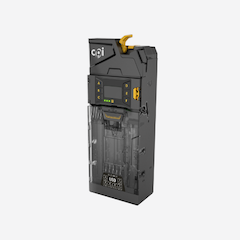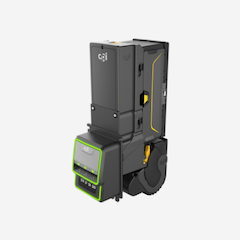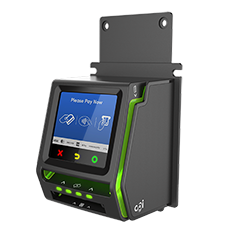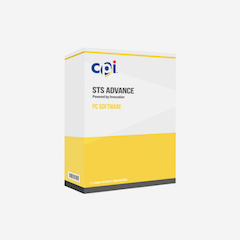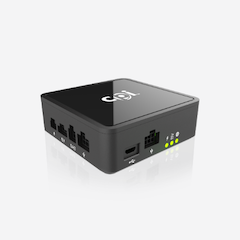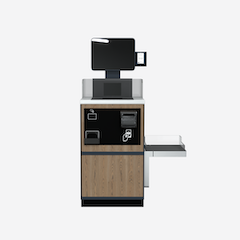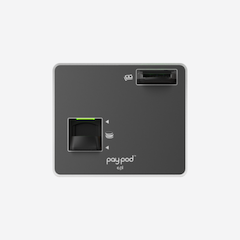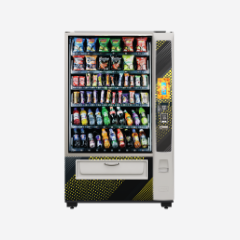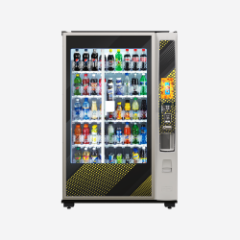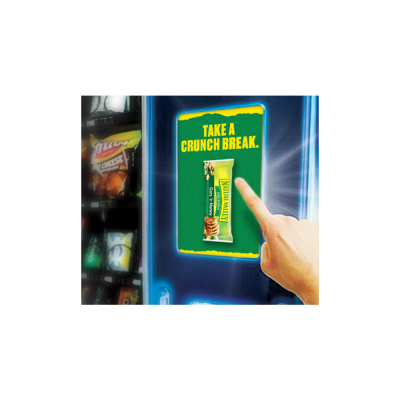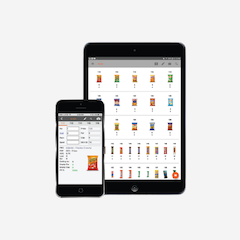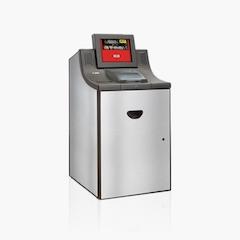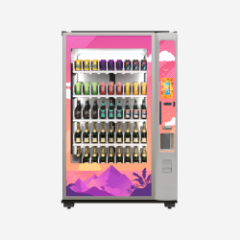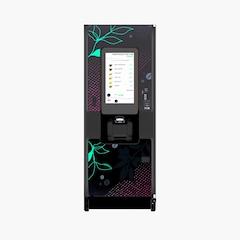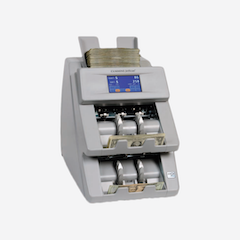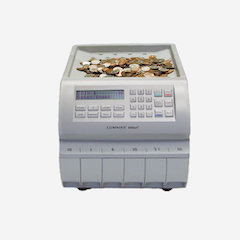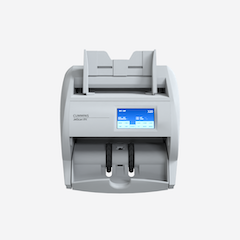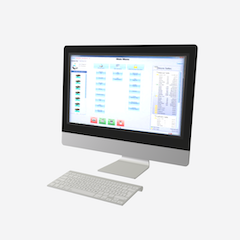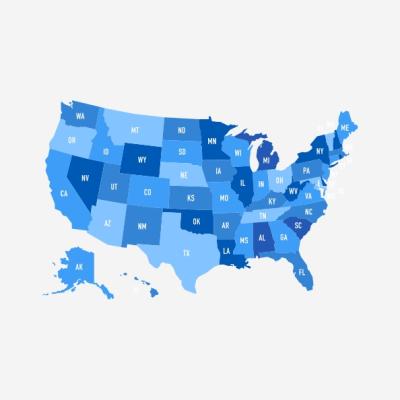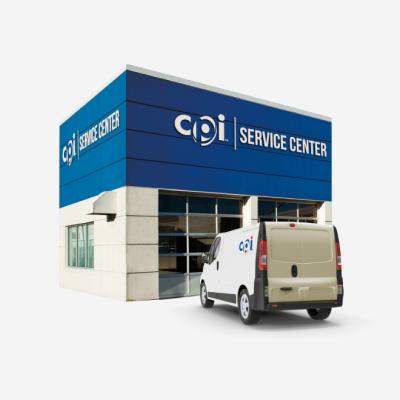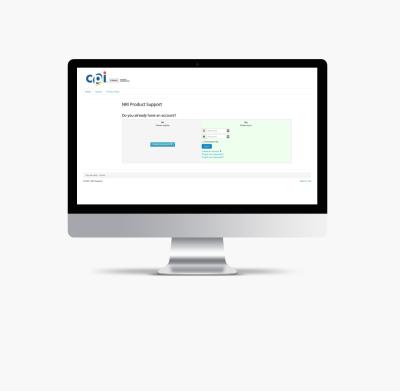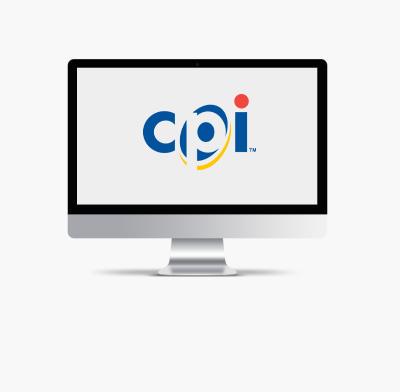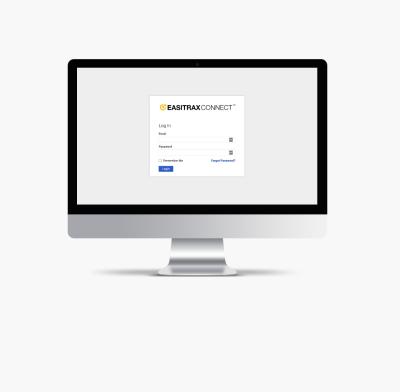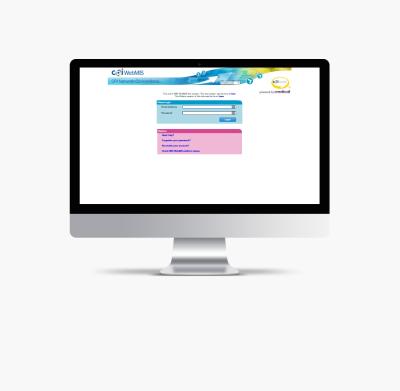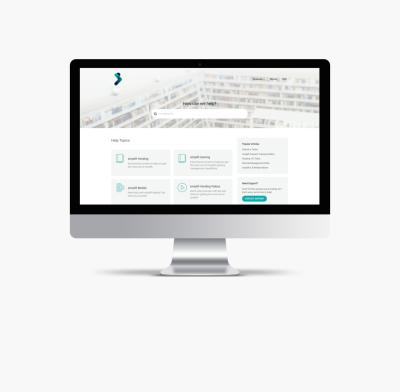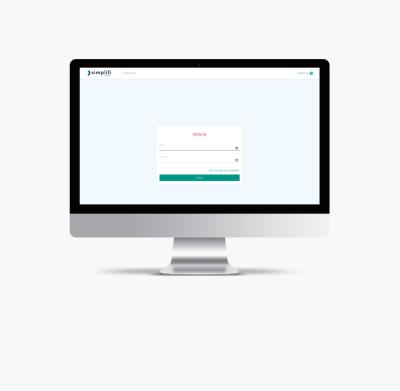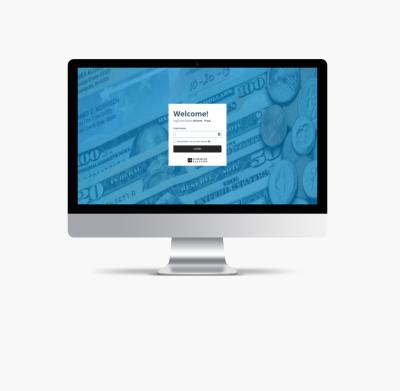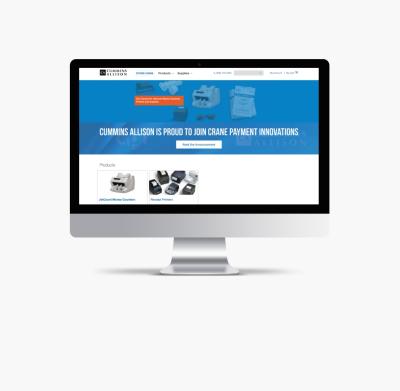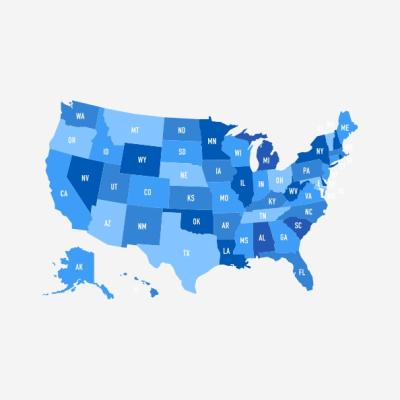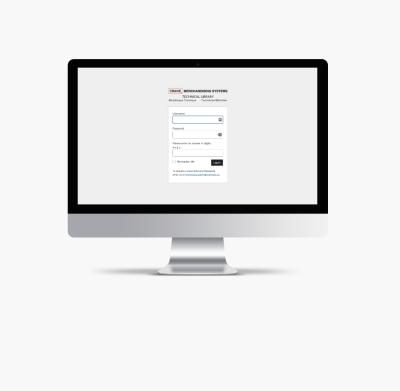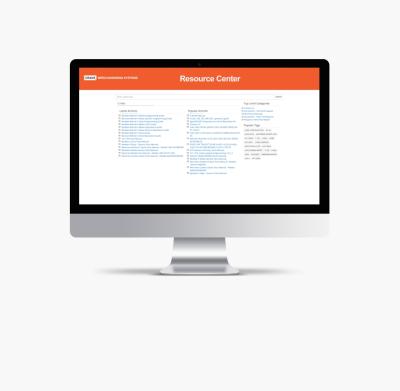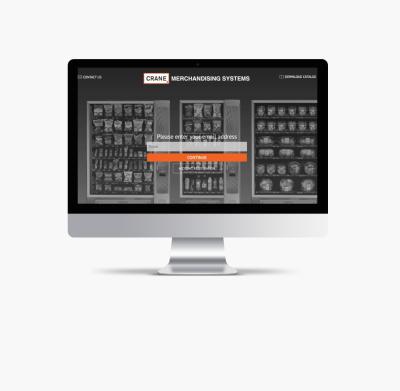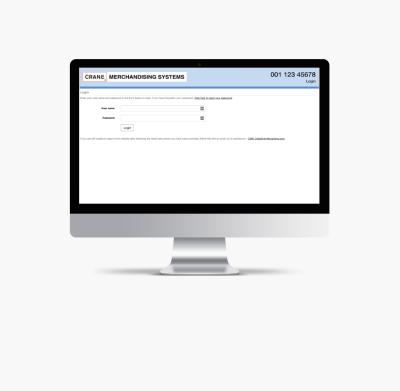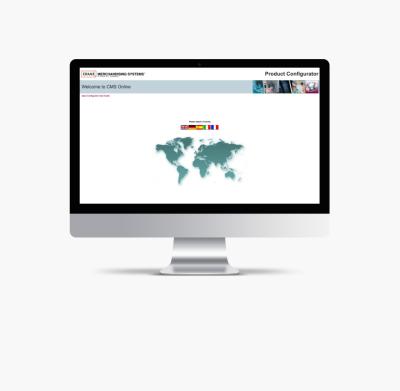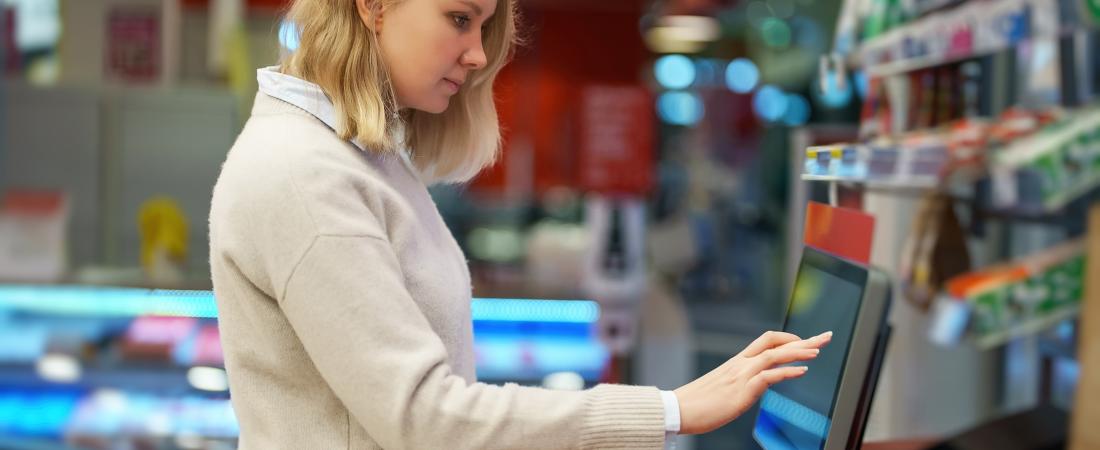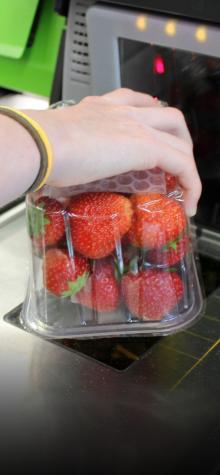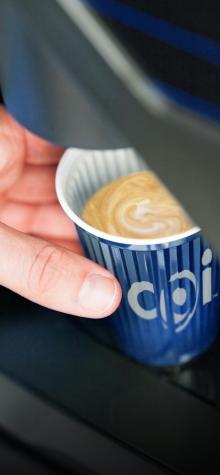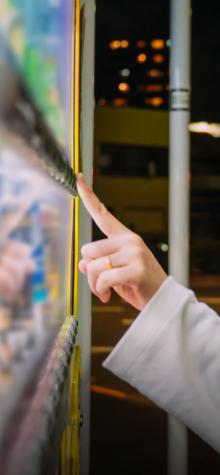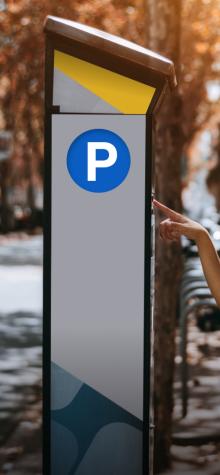Making Self-Checkout work for Everyone
Leave No Customer Behind: Why Cash Options Still Matter
At a convenience store in Pennsylvania, a self-checkout system stood near the front of the store. Brand new, with a big, bright sign announcing its presence, the equipment was ready to help customers swiftly complete their transactions and get on their way. There was only one problem – no one was using it. At 7 am, business was booming, and the cashiers were visibly becoming aware of the growing line of customers waiting to pay for a single cup of coffee - their trucks idling out front.
What went wrong? Consumer preference for self-service checkout has been proven time and time again, and yet in this case, they chose to wait in line. The store’s investment seemed to be going to waste because of an oversight. Most of these transactions were being made with cash, and the new self-checkout system didn’t accept it.
Although consumers now have an abundance of payment methods at their fingertips, they expect flexibility and convenience when it comes to their day-to-day transactions and don’t want to be limited by emerging technologies. By providing payment inclusivity, retailers can attract and retain a larger, more diverse, and more loyal customer base.
One of the most important yet commonly overlooked ways to provide flexibility and drive store revenue is by offering cash options at self-checkout. Cash acceptance ensures that self-checkout solutions fulfill the single most essential need in any retail environment – converting visitors to paying customers. Without it, retailers risk frustrated customers, cart abandonment, and worse – losing loyal patrons to the next nearest store that offers a faster, easier shopping experience.
Is Cash a Thing of the Past?
The short answer is no. Recent reports indicate that consumers use cash for 42% of all transactions valued at less than $25 , and cash is either the most used or second most used payment instrument across a wide array of spending categories.
While self-checkout becomes increasingly popular as retailers reap the benefits of reduced need for additional labor, improved customer experience and a higher bottom line, some retailers are considering shifting systems to entirely cashless or not adding cash acceptance to their self-checkout systems. The issue with this approach is that a substantial number of consumers still use (and prefer using) cash.
Cash usage isn’t just limited to older demographics either. Young consumers, who tend to opt for self-checkout over cashiers , are finding cash to be one of their preferred payment methods. According to a 2023 Credit Karma survey, “Nearly 70% of Gen Zers use cash more than they did 12 months ago. That share was higher than any other group, including Gen X, which was 47%, and Boomers at 37%.”
Limiting access to easy cash payments makes stores susceptible to alienating a significant portion of their customers. Now more than ever, consumers expect a level of convenience that they’re accustomed to in their day-to-day purchases. Not providing the quick and easy payment options that these consumers require will worsen a store’s customer experience, leaving customers to find other stores where they can easily spend their cash. This will inevitably impact a store’s revenue and ability to grow their customer base in the long run.
Having a cash automation solution ensures that retailers are retaining customers and enhancing the customer experience by allowing them the flexibility of cash options at self-checkout.
What Cash Automation Can Do for Retailers
On top of the added flexibility for consumers, providing cash acceptance at self-checkout also has a host of benefits that have a direct impact on store’s ROI and day-to-day operations. Any upfront costs associated with equipping self-checkout with cash acceptance are heavily outweighed by the potential for revenue growth by avoiding unnecessary merchant fees and decreasing cart abandonment rates.
The average value of basket items for people using self-checkout is typically lower than the those going to a cashier. Since cash remains a predominant payment method for smaller purchases, retailers will likely see more cash-using customers gravitating towards self-checkout. When these customers realize they can’t use self-checkout and instead must wait in a longer line for a cashier, stores are risking higher levels of cart abandonment along with a worsened customer experience. Utilizing cash automation solutions will enhance customer experience and ensure a steady stream of returning customers.
Another cost to consider is increased credit card merchant fees that derive from limited cash options. When retailers only provide card payments at self-checkout, credit card usage will inevitably increase, leading to a rise in merchant fees. These fees can add up over time, affecting the bottom line and ability to effectively increase revenue and growth. Using a cash automation solution heavily reduces this expenditure and nets a positive ROI for retailers.
Amidst labor shortages, it’s also important to consider the impact on employee productivity when cash payments are only accepted at the cashier. When employers automate cash acceptance, employees are freed up to do other tasks around the store like helping out customers instead of manually handling cash. This helps deliver a better customer experience and optimize daily operations while avoiding any unnecessary labor hours that are required to manually handle cash.
Paypod: Making Cash Payments Work for Everyone
As consumer needs and preferences evolve, ensuring that retailers are equipped to handle their preferred payment methods is paramount in order to drive growth and increase revenue. The cash automation solution, PaypodTM, by Crane Payment Innovations offers consumers a convenient way to pay with cash by creating an efficient and secure cash acceptance process at self-checkout. Flexibility is key in the retail environment, and with designs that fit into most retail counters and seamless integration into existing POS systems, Paypod makes cash payments more flexible and easier than ever for retailers and consumers alike.
--

